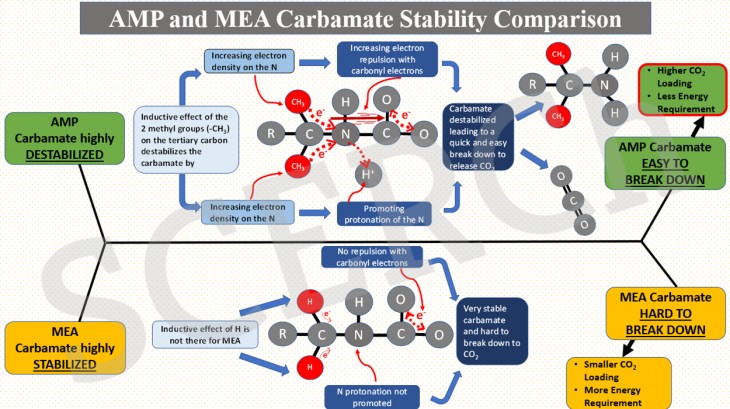
What’s Cooking
AMP and MEA Carbamate Stability Comparison
In this post, we explain why carbamate of sterically hindered AMP is unstable relative to that of MEA.
Read MoreInnovative Technologies for Generating Clean Energy
In his capacity as the Entropy Inc. Research Chair in Carbon Capture Technology, Dr. Idem is strategically poised to leverage his extensive background spanning over two decades in training engineers, researchers, and technical personnel. This expertise is centered on the intricate domains of design, development, deployment, and operation of clean energy generation systems. Driven by this wealth of experience, Dr. Idem is dedicated to facilitating Entropy’s ambitious objective of overhauling and de-carbonising its energy infrastructure to attain net-zero emissions.
Introducing Idem’s Clean Energy Research, (ICLER), a pioneering platform meticulously tailored to disseminating the profound research endeavors undertaken by Dr. Idem’s esteemed research group at the Idem’s Clean Energy Research, (ICLER), University of Regina. Our commitment is to deliver intellectually stimulating and enlightening content within the realm of clean energy. This is merely a preliminary glimpse into the wealth of knowledge we aim to provide.
Anticipate a comprehensive exploration of topics such as carbon capture and storage (CCS) within the context of fossil fuel-based power generation, CCS integration with biofuels, hybrid CCS systems encompassing both fossil fuels and biofuels, hydrogen energy, alternative energy paradigms, and a diverse array of innovative concepts and strategies aimed at achieving environmentally sustainable and cost-effective solutions.
Keep an eye out for forthcoming updates on our exciting new venture!
– Dr. Raphael Idem

To be the leading developer of clean energy technologies for various energy sectors in Saskatchewan, Canada, and the world at large.
To develop an innovative, efficient and cost effective portfolio of technologies that will pave the way towards a low or zero carbon economy thereby enabling governments, policy makers, and the community at large to practically address climate change and global warming issues.
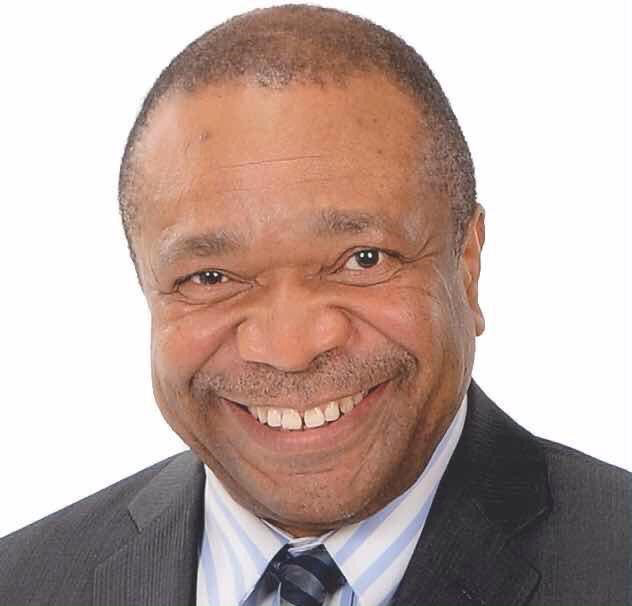
We have designed a portfolio of technologies aimed at producing clean energy. They are;
Click on any of the technologies above to read more and see our related publications.

What’s Cooking
In this post, we explain why carbamate of sterically hindered AMP is unstable relative to that of MEA.
Read More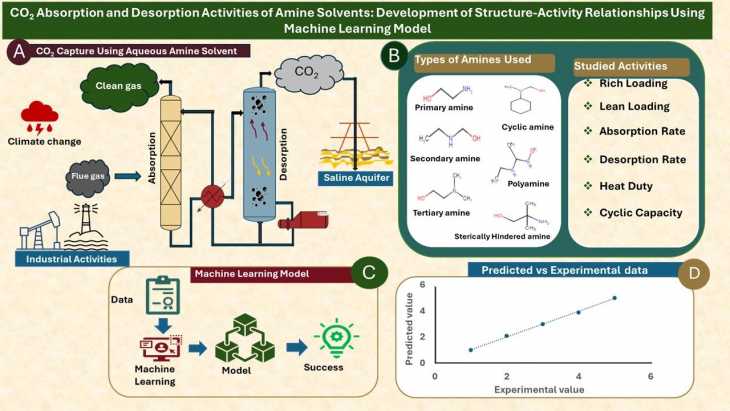
What’s Cooking
Selecting amine solvents for CO2 post-combustion capture application requires an experimental screening of the solvents to determine their performance...
Read More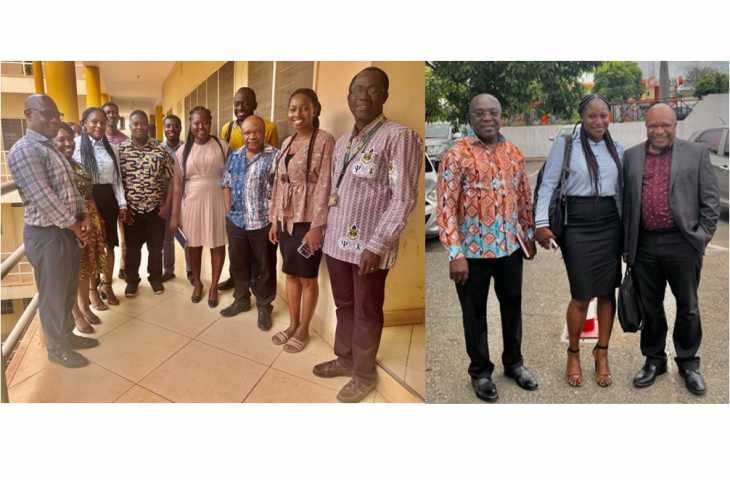
Last November, the SCERCh program Chair together with some members of the team paid a visit to two universities in Ghana: Kwame Nkrumah University of Science and Technology (KNUST), in Kumasi, and the University of Mines and Technology (UMaT), in Tarkwa. The purpose of the visit was to explore the possibility of collaboration between CETRI and the universities for students’ exchange, as well as share ideas and discuss valuable inputs from both sides in relation to carbon capture, utilization and storage.
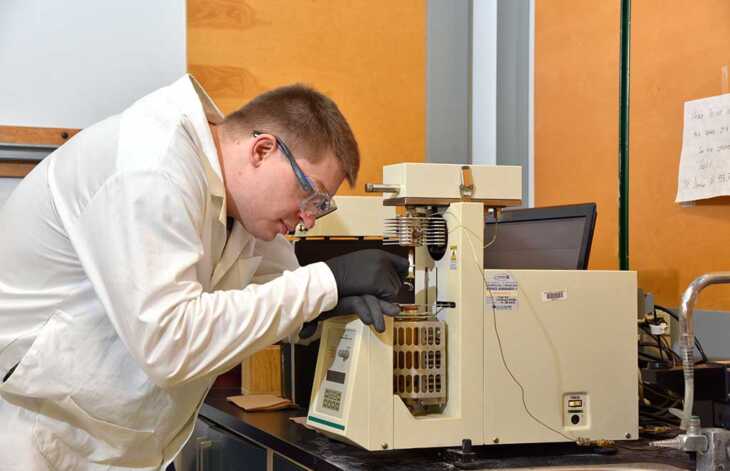
Our chair, Dr Raphael Idem and Dr. Paitoon Tontiwachwuthikul were acknowledged in Alberta’s announcement on helping industry cut emissions and create jobs.
The mention was at 21 to 22 min in the video.
View Video
SCERCh group is helping to bring CCUS back on track in Canada and the world at large.
Check out this exciting announcement by Entropy Inc., Calgary, Canada:
See Announcement
As a team, our vision is “To be the leading developer of clean energy technologies for various energy sectors in Saskatchewan, Canada, and the world at large.” The carbon capture contest by Elon Musk provides as a good opportunity to see this vision through. Our Chair, Dr. Raphael Idem expresses his views in the article below:
Read Article
Production of Clean Energy: What Can Engineers Do?
Raphael Idem, PhD, P.Eng. – Clean Energy Technologies Research Institute Faculty of Engineering & Applied Science – University of Regina
Abstract: Energy is required for industrialization and maintaining/improving our standard of living. At the moment, the majority of the energy is sourced from fossil fuels. This leads to the generation of GHGs, especially CO2, which is blamed for global warming and climate change. Many useful strategies have been conceived to mitigate this issue. None is a silver bullet. Therefore, one policy fits all type solution may not work. What is needed is to select and mix strategies depending on the natural resources of each jurisdiction. The challenge lies in finding the most effective mixing formula for the least cost per jurisdiction such that the targets on environment, economy and society’s living standard are met. These are tasks engineers perform, which may involve research, development, design, construction, operation, etc.
This presentation discussed the strategies and the varied roles engineers can play based on their best strengths to achieve cost-effective solutions that meet the targets.
Read More
SCERCh Members: Click here to access member-only documents.